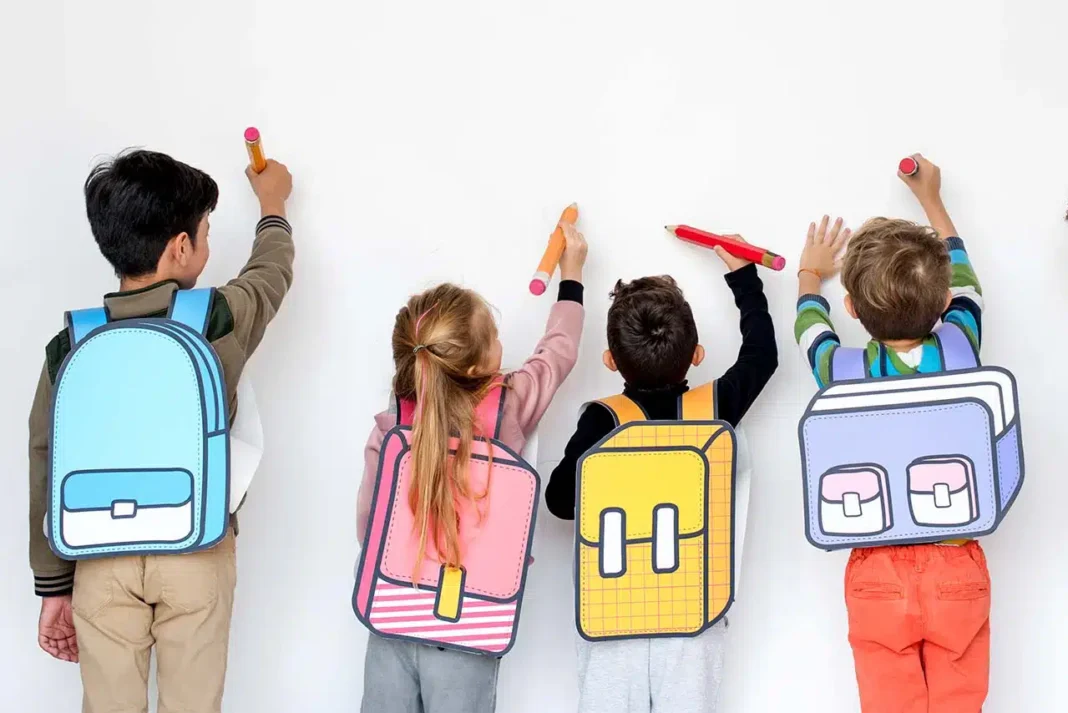The beginning of the school year, particularly for children in early primary education, marks the start of a new developmental phase. Leaving the home environment and stepping into a broader social setting can be both exciting and anxiety-provoking for the child. For many parents, this period is just as challenging as it is for their children. Episodes of crying, statements such as “I don’t want to go to school,” or difficulty separating from a caregiver during the first weeks of school are all common. From a psychological perspective, this phenomenon is referred to as separation anxiety (ayrılma kaygısı).
What Is Separation Anxiety?
Separation anxiety refers to the distress, fear, and uneasiness a child experiences when separated from a primary caregiver. It typically begins in infancy, becomes more pronounced in the preschool years, and can resurface at the start of primary school. Although it reflects the strength of the bond between child and caregiver, prolonged or functionally impairing anxiety may necessitate additional support strategies.
Is Your Child’s Anxiety Normal?
It is quite typical for a child to cry, plead for the caregiver to stay, or resist entering the classroom during the early days of school. A frequent concern among caregivers is whether these behaviors are developmentally appropriate or indicative of a deeper problem. The answer lies in the intensity and duration of the anxiety. If distress gradually diminishes within a few weeks and the child begins to engage with peers and teachers, this indicates a healthy school adjustment (okula uyum) process. However, if symptoms persist for months, are accompanied by physical complaints (such as stomachaches or nausea), or significantly interfere with daily functioning, professional guidance may be warranted.
The Role of Caregivers: What to Do and What to Avoid
The presence of a stable and trusted adult figure—whether a parent, grandparent, or another close caregiver—is central to easing the child psychology (çocuk psikolojisi) adjustment process. The caregiver’s responses can either support or hinder the child’s adaptation.
Helpful Strategies
-
Remain calm: Even if the child cries or resists, maintaining composure is essential.
-
Keep farewells brief and clear: Prolonged goodbyes tend to heighten anxiety.
-
Establish routines: Consistency in sleep, meals, and morning preparation fosters a sense of security.
-
Collaborate with teachers: Stay informed about the child’s experiences in the classroom.
-
Celebrate small steps: Acknowledge and praise moments of courage.
-
Manage your own anxiety: Avoid lingering at the school entrance after drop-off.
What to Avoid
-
Do not threaten or shame: Phrases such as “If you cry, I’ll leave you here” should be avoided.
-
Do not compare: Each child’s adjustment unfolds at their own pace.
-
Do not excuse school attendance: Allowing a child to skip school prolongs the challenge.
-
Do not amplify anxiety: Avoid crying or expressing distress in front of the child.
-
Do not overuse rewards: Promises such as “If you don’t cry, I’ll buy you a toy” undermine intrinsic coping.
Why Adjustment Matters
Adapting to school is not only about academic readiness. It also involves developing social skills, learning responsibility, and navigating personal boundaries in relation to others. A positive school adjustment (okula uyum) lays a critical foundation for both future academic success and long-term psychosocial well-being.
When to Seek Professional Support
If a child develops symptoms of school refusal—marked by persistent resistance to attend, intense anxiety, repeated physical complaints, and long-standing adjustment difficulties—consulting a child psychologist is strongly recommended.
Conclusion
Starting school is a significant milestone for both children and families. While separation anxiety (ayrılma kaygısı) is a natural part of this transition, patient and consistent caregiver support greatly facilitates adaptation. Each small step toward independence contributes to the foundation of secure and healthy relationships in later life.
References
-
Bowlby, J. (1988). A Secure Base: Parent-Child Attachment and Healthy Human Development. Basic Books.
-
American Psychiatric Association. (2013). Diagnostic and Statistical Manual of Mental Disorders (5th ed.).
-
Gülay Ogelman, H. (2015). Okula uyum sürecinde aile ve öğretmenlerin rolü. Eğitimde Kuram ve Uygulama, 11(2), 389-405.


